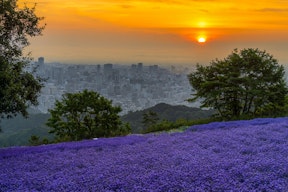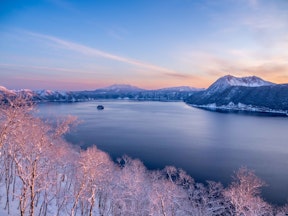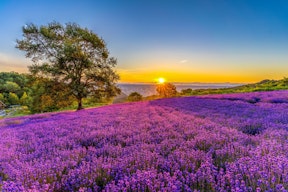Winter Hokkaido Model Course 10 Days【Part 1】Noboribetsu・Lake Toya・Hakodate・Otaru・Sapporo Guide
Nov 26,2025 Update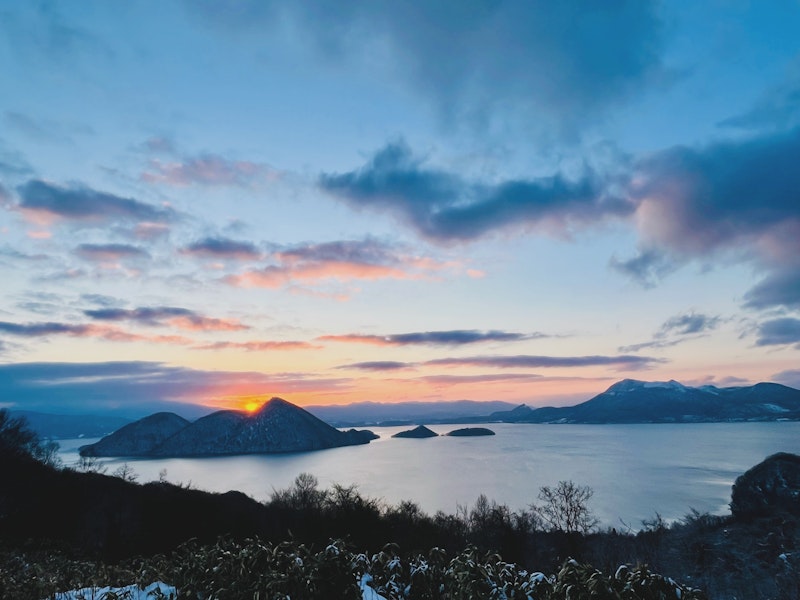
Winter in Hokkaido unfolds a fantastical landscape woven from snow and light, quietly embracing the hearts of all who visit. Steam rising in the crisp air, trains running across the pure white earth, and city lights twinkling in the night sky—each element becomes a special memory unique to this season.
It's in this winter wonderland of Hokkaido that the "Japan-Korea Dream Players Game 2025" will be held. While the excitement from the thrilling matches is still fresh, why not extend your stay to explore winter Hokkaido?
This article is structured in two parts. Part 1 (Central and Southern Hokkaido / Days 1-5) takes you through Noboribetsu, Lake Toya, Matsumae, Hakodate, Otaru, and Sapporo, where you can enjoy hot springs, port town charm, and urban colors. The following Part 2 (Northern and Eastern Hokkaido / Days 6-10) heads toward the grand scale of pristine nature and tranquility. Experience an unforgettable "winter journey" while savoring snowy landscapes, hot springs, and gourmet cuisine.
Table of Contents - Part 1
1. Day 1 (Central Hokkaido): From New Chitose Airport to Noboribetsu and Lake Toya
1-1. Noboribetsu Jigokudani (Hell Valley)
1-2. Lake Toya
2. Day 2 (Southern Hokkaido): To Japan's southernmost castle town, Matsumae
2-1. Onuma Quasi-National Park
2-2. Fukuyama Castle (Matsumae Castle)
3. Day 3 (Southern Hokkaido): Enjoying Hakodate's night views and morning market
3-1. Hakodate Morning Market
3-2. Mount Hakodate
4. Day 4 (Central Hokkaido): Enjoying the port town of Otaru
4-1. Otaru Sankaku Market
4-2. Otaru Canal
5. Day 5 (Central Hokkaido): Enjoy Sapporo and get ready for the next leg
5-1. Shiroi Koibito Park
5-2. Sapporo Clock Tower
Summary
1. Day 1 (Central Hokkaido): From New Chitose Airport to Noboribetsu and Lake Toya
(Source: Hokkaido Official Tourism Website "Noboribetsu Jigokudani" 2025/10/08)
The first day of your Hokkaido journey begins from New Chitose Airport, exploring the central Hokkaido area. In Noboribetsu, famous for its hot springs, you can experience the powerful scenery of Jigokudani (Hell Valley) and the steaming earth. At Lake Toya, surrounded by nature, enjoy peaceful lake waters and magnificent scenery while experiencing the healing atmosphere that Hokkaido is known for.
1-1. Noboribetsu Jigokudani (Hell Valley)
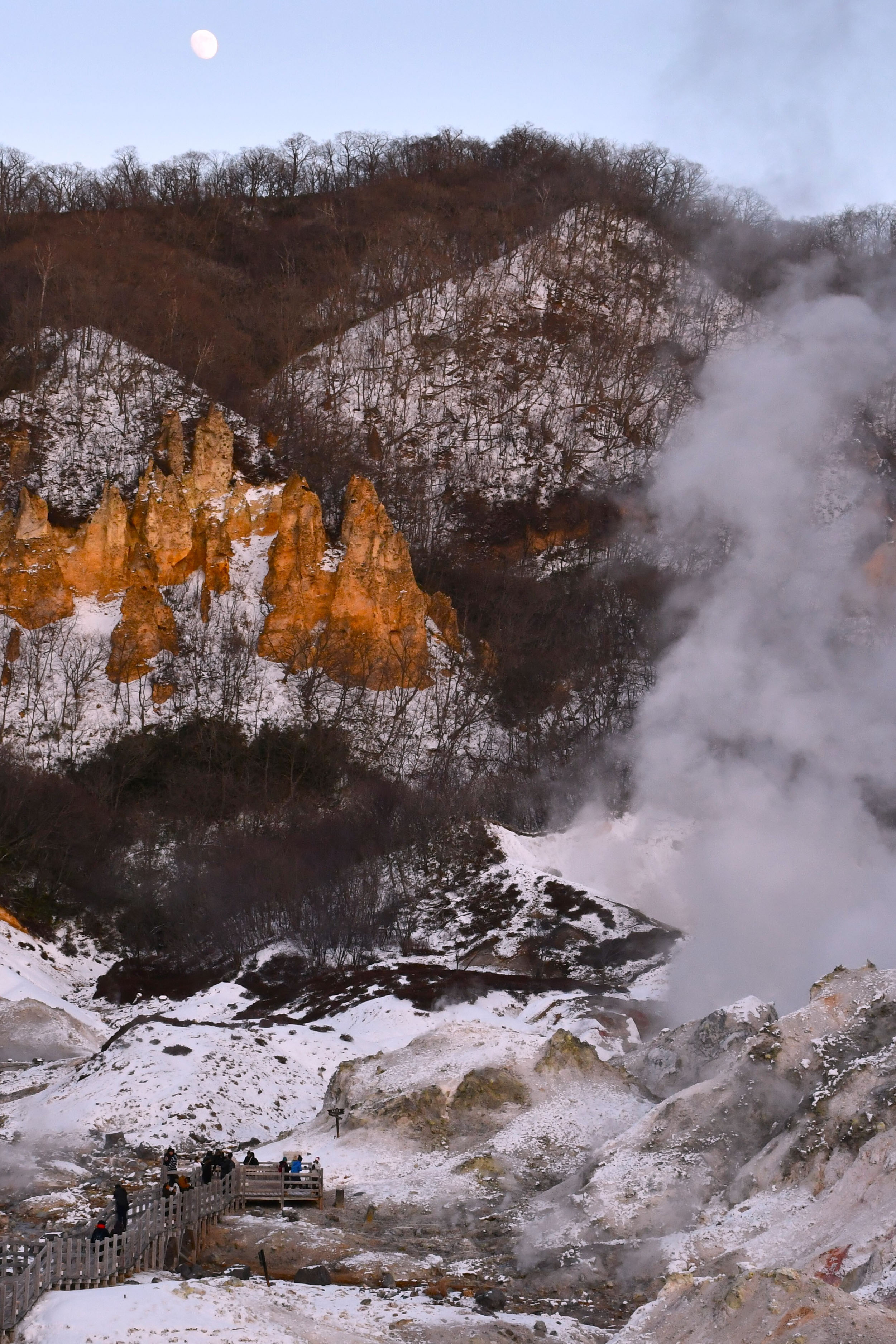
Noboribetsu Jigokudani is an explosive crater site formed by volcanic activity from Mount Hiyoriyama, with a diameter of approximately 450m and an area of about 11 hectares, making it an attractive tourist spot with powerful natural scenery. The sight of reddish-brown rock faces and sulfurous steam rising creates a scene truly befitting "Hell Valley." A walking trail that takes about 20 minutes to complete is well-maintained, and if you extend your walk to the Oyunuma Observatory, you can enjoy magnificent views.
At night, the walking trail is fantastically illuminated during "Onibi no Michi" (Demon Fire Path), and in summer, "Oni Hanabi" (Demon Fireworks) are also held. Noboribetsu Jigokudani, which shows completely different expressions during day and night, is a spot where you can experience nature's energy and mystery.
1-2. Lake Toya

Lake Toya is Japan's third-largest caldera lake, formed by a volcanic eruption approximately 110,000 years ago, offering beautiful scenery throughout the four seasons. In the center of the lake float four islands called "Nakajima," which you can visit and explore by sightseeing boat. The surrounding area features hot spring resorts, observation decks, and experience facilities, with abundant leisure activities like canoeing and camping. It's a popular tourist destination where you can fully enjoy nature, hot springs, and activities.
2. Day 2 (Southern Hokkaido): To Japan's southernmost castle town, Matsumae
(Source: Hokkaido City Official Tourism Website "Onuma Quasi-National Park" 2025/10/08)
On the second day of your journey, head to the southern Hokkaido area. After enjoying the seasonal scenery at the nature-rich Onuma Quasi-National Park, proceed to Japan's southernmost castle town, Matsumae. In Matsumae, which once flourished as a port for the Kitamae trading ships, visit Fukuyama Castle (Matsumae Castle), where the vestiges of history and culture remain strong, and spend a day experiencing the historical romance of Hokkaido.
2-1. Onuma Quasi-National Park
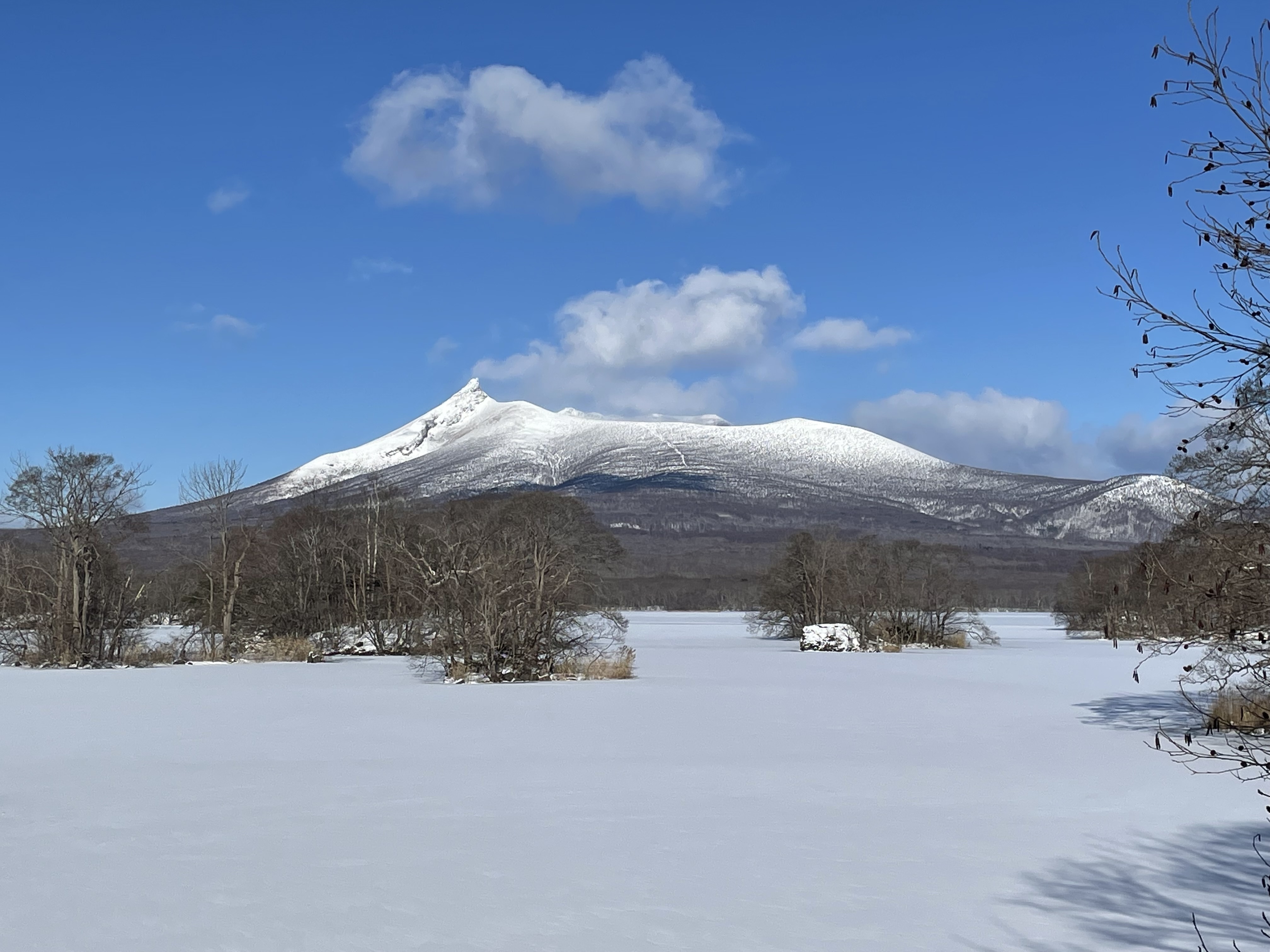
Onuma Quasi-National Park is a nature-rich scenic area designated as southern Hokkaido's only quasi-national park in 1958. Against the backdrop of the majestic active volcano Mount Komagatake, lakes and marshes including Onuma, Konuma, and Junsai-numa are scattered throughout, offering seasonal scenery. The lake features 126 small islands, with popular walking trails connecting the islands by bridges for exploration.
From spring to autumn, activities like boating and cycling are popular, while winter offers ice fishing for Japanese smelt and snowmobiling. Particularly during the autumn foliage season, the contrast of colors reflected on the lake surface against Mount Komagatake creates beautiful scenery, making it one of Hokkaido's premier scenic spots that captivates many tourists.
2-2. Fukuyama Castle (Matsumae Castle)
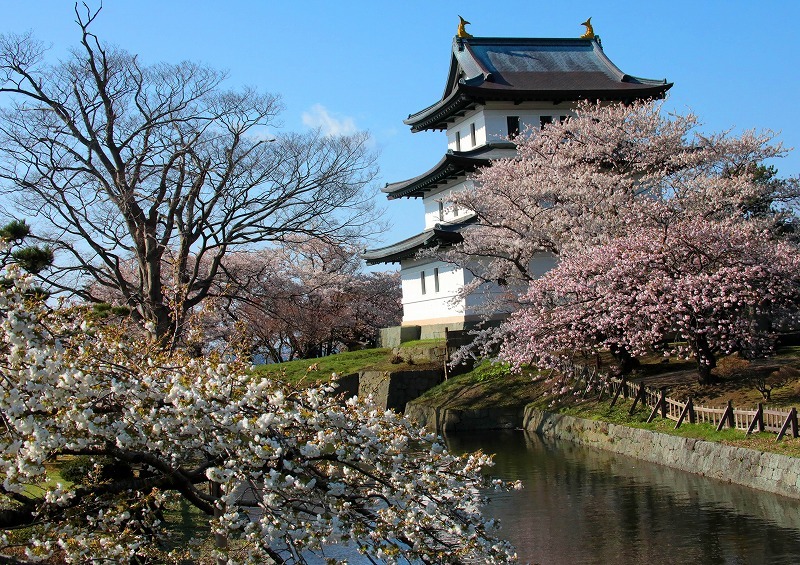
Known as Hokkaido's only Japanese-style castle, "Fukuyama Castle (Matsumae Castle)" holds a special place in Japan's castle history. Built upon Fukuyama-kan, which was constructed by the first Matsumae domain lord Matsumae Yoshihiro, it was completed in 1854 (first year of Ansei) during the late Edo period as a coastal defense fortress against increasing foreign ship arrivals. The Sannomaru (third bailey) facing the sea was equipped with seven gun batteries, serving as an important base for northern frontier defense.
Currently, the nationally designated Important Cultural Property Honmaru-gomon (main bailey gate), along with the restored Tenjinzaka-mon and Nanaban-daiba, convey the appearance of bygone days. The keep, rebuilt by townspeople after being destroyed by fire, now serves as the "Matsumae Castle Museum," where visitors can learn about the history connecting Ezo (old name for Hokkaido) and Honshu through displays of armor and Kitamae ship materials.
3. Day 3 (Southern Hokkaido): Enjoying Hakodate's night views and morning market
(Source: Hokkaido Official Tourism Website "Mount Hakodate" 2025/10/08)
Day 3 takes you around Hakodate, the central city of the southern Hokkaido area. Start early morning at Hakodate Morning Market to experience the lively atmosphere with fresh seafood, spend the day strolling through historic streets, and in the evening, enjoy the night view from Mount Hakodate that adds romance to your journey. It's a luxurious day where you can fully enjoy both gourmet food and spectacular views.
3-1. Hakodate Morning Market

Hakodate Morning Market is one of Hokkaido's premier tourist markets, located about a 1-minute walk from Hakodate Station. Beginning shortly after the end of World War II in 1945, it now features approximately 250 shops lined up together. Inside the market, fresh seafood including crab, salmon, and scallops, along with seasonal vegetables, fruits, local delicacies, and sweets—all of Hokkaido's flavors are gathered in one place. From early morning, it bustles with many tourists and locals.
At "Donburi Yokocho Market," seafood bowls made with freshly caught seafood are popular. There are also experiential attractions like "Live Squid Fishing," where you can catch squid yourself and taste it on the spot. It's also perfect for souvenir shopping, making it a representative gourmet spot of Hakodate.
Hakodate Morning Market Ekini Market
3-2. Mount Hakodate
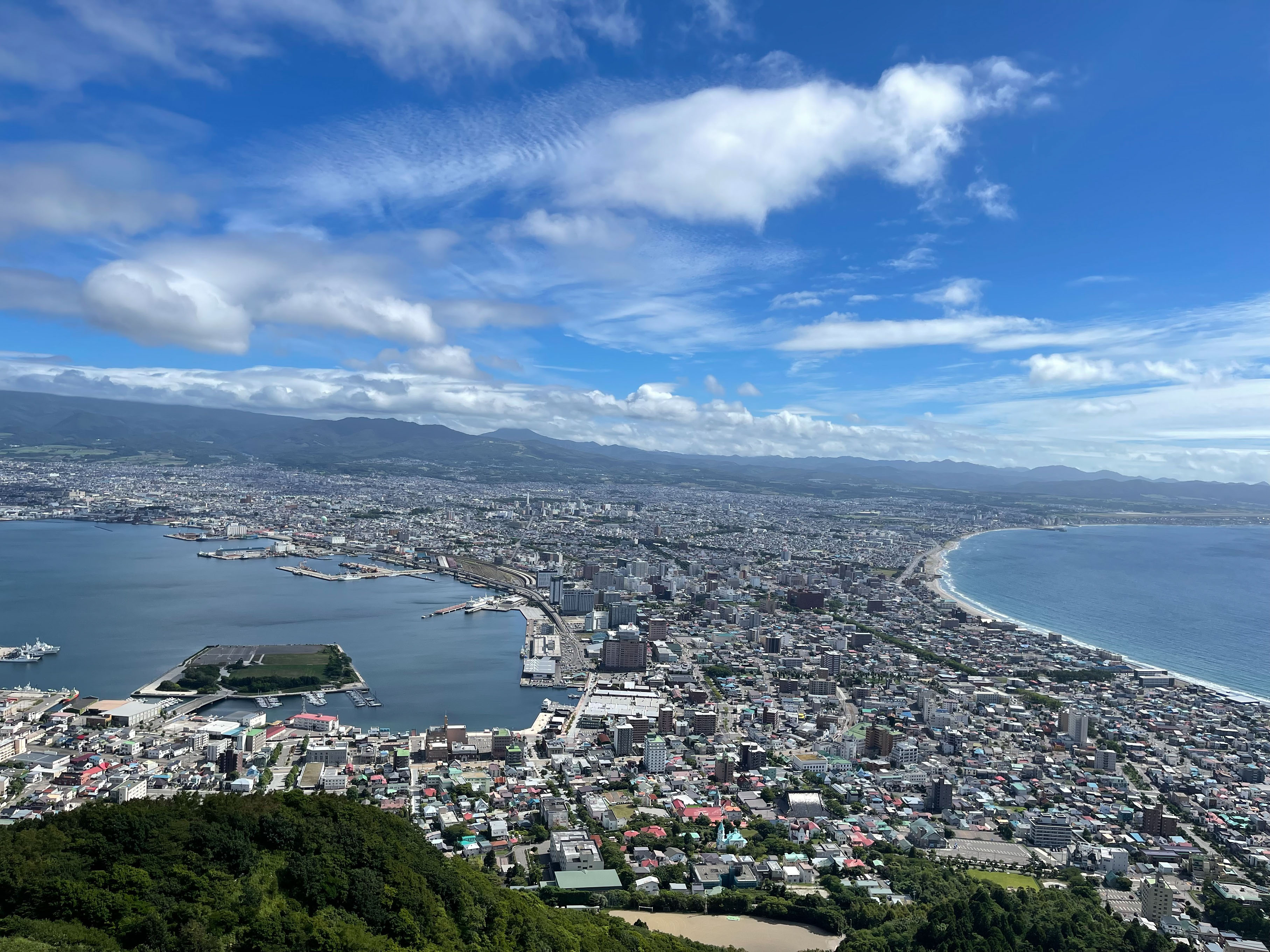
Mount Hakodate is a 334-meter-high mountain offering panoramic views of Hakodate city and the Tsugaru Strait, making it a popular observation spot. The night view created by its unique topography has been selected for three stars in the "Michelin Green Guide Japan" for its beauty. After sunset, city lights shine along the narrow landform, creating a fantastical scene like scattered jewels.
Once restricted to the general public as a military fortress, it still retains rich nature today, with approximately 600 plant species and 150 bird species inhabiting the area. During the day, you can enjoy seasonal scenery while walking hiking courses, and at night, take the ropeway to the summit to enjoy the stunning panoramic night view.
4. Day 4 (Central Hokkaido): Enjoying the port town of Otaru
(Source: Hokkaido Official Tourism Website "Otaru Canal" 2025/10/08)
Day 4 is dedicated to fully enjoying Otaru, a port town filled with history and romance. Enjoy food sampling at markets lined with fresh seafood, and leisurely stroll through nostalgic streetscapes. Spend a day experiencing the unique atmosphere of Otaru while viewing exotic canal-side scenery and retro buildings.
4-1. Otaru Sankaku Market
Otaru Sankaku Market is a lively market located about a 2-minute walk from Otaru Station. Named after the triangular shape of its roof and grounds, approximately 20 shops including fresh fish stores and produce vendors line the 200-meter-long street. Inside the market, fresh seafood such as sea urchin, salmon roe, and crab are displayed, and interactions with shoppers are part of the fun. The traditional atmosphere with vendors calling out to customers is charming.
At six restaurants, you can taste seafood bowls and set meals made with freshly caught seafood, and they can even prepare fish you buy at the market. It's a popular spot where locals and tourists alike can buy, eat, and chat—truly representing the culinary heart of Otaru.
4-2. Otaru Canal

Otaru Canal is a 1,140-meter-long canal completed in 1923 (12th year of Taisho), serving as a famous site that conveys Otaru's history and port town heritage to the present day. Once used for loading and unloading cargo, it has now been developed as walking paths and parks while maintaining its retro atmosphere. Along the canal, stone warehouses have been converted into cafes and restaurants, perfect for leisurely strolls. At dusk, 63 gas lamps light up and the warehouse district is illuminated, creating a fantastical landscape.
Additionally, a 40-minute cruise offers views of the canal's history and streetscape from the water, guided by the captain. Otaru Canal, which shows different expressions during day and night, is a spot where you can discover new attractions with each visit.
5. Day 5 (Central Hokkaido): Enjoy Sapporo and get ready for the next leg
(Source: Hokkaido Official Tourism Website "Sapporo Clock Tower" 2025/10/08)
Day 5 is for fully enjoying Sapporo, Hokkaido's central city. This area is packed with attractions including sightseeing, gourmet food, and shopping. Visit "Shiroi Koibito Park," where you can enjoy theme park-like factory tours, and "Sapporo Clock Tower," beloved as a symbol of Sapporo, for a fulfilling day. You can refresh both mind and body during your journey, making it convenient for the next day's travel to northern and eastern Hokkaido.
5-1. Shiroi Koibito Park
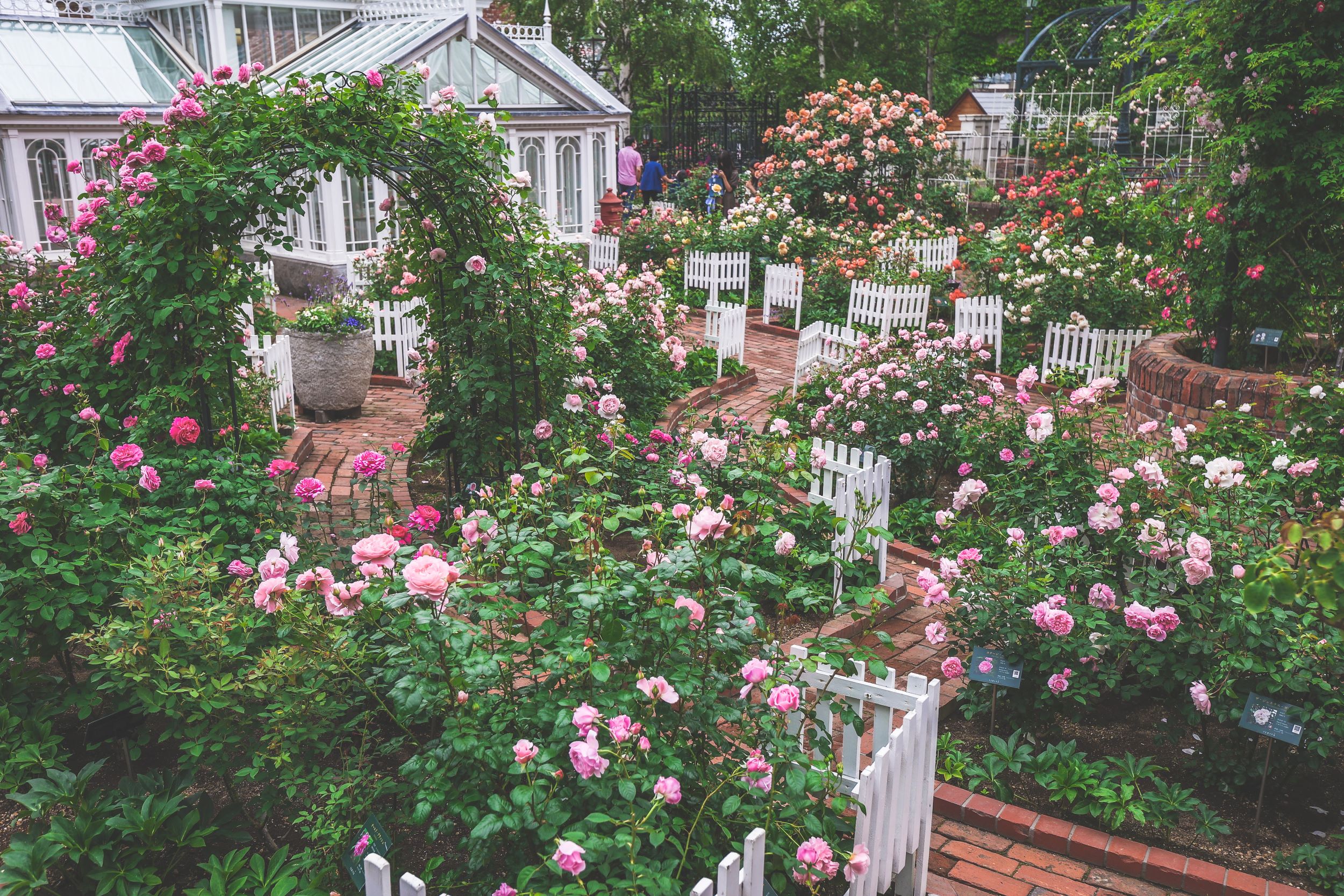
"Shiroi Koibito Park," a tourist attraction themed around Hokkaido's representative confection "Shiroi Koibito," is a sweets theme park where you can see, learn, taste, and experience. The manufacturing line tour allows you to see up close how popular sweets are made, with comprehensive exhibits where you can learn about chocolate history and culture.
At "Study Base Cacao Pod," you can learn about cacao through projection mapping and experience comparing two types of chocolate. "Sweets Workshop Dream Kitchen" is popular for its "My Shiroi Koibito Baking Course" where you can create your own unique version. The English Garden in the courtyard is a photogenic space that captivates visitors with colorful flowers in summer and fantastical illuminations in winter.
5-2. Sapporo Clock Tower
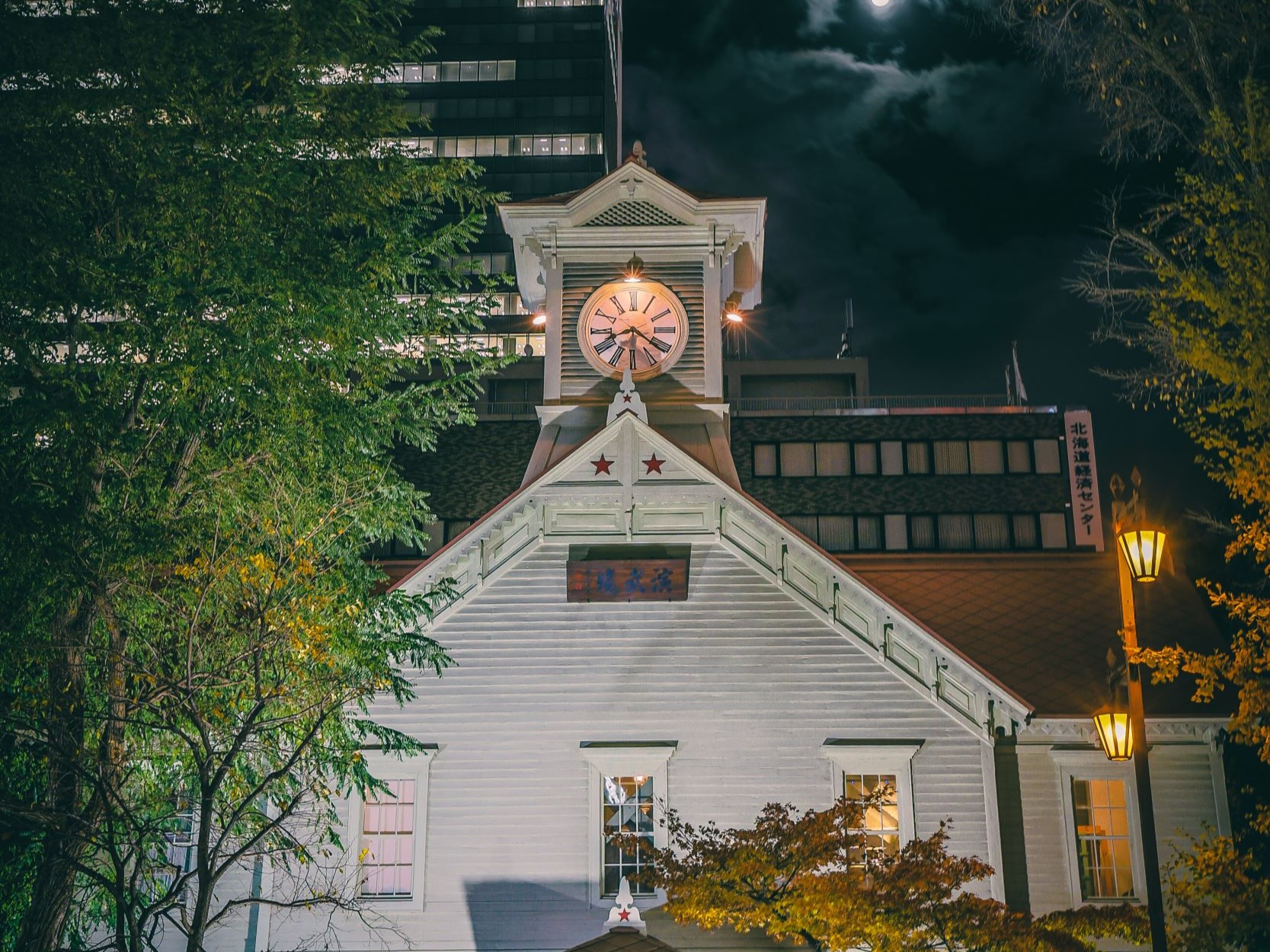
Beloved as a symbol of Sapporo, the "Sapporo Clock Tower" is officially called "Former Sapporo Agricultural College Drill Hall" and was built in 1878 (11th year of Meiji) as an educational facility for Sapporo Agricultural College, the predecessor of Hokkaido University. Designed based on the concept of the first vice-principal Dr. Clark, it was originally used for military training and ceremonies for students. In 1881, a pendulum clock manufactured by Howard & Co. of America was installed, and it has continued to tell time to the city of Sapporo for over 130 years.
The interior is open as a museum, with the first floor displaying the building's history and period photographs, while the second-floor auditorium allows visitors to feel the atmosphere of the Meiji era. After sunset, it is illuminated, creating an impressive sight with the red roof and white exterior walls glowing fantastically. The clock tower shining in the snowy landscape during winter nights provides a perfect finale to Sapporo sightseeing.
Summary
The first half of the 10-day Hokkaido travel plan allows you to fully savor the diverse attractions that the vast land offers. In Noboribetsu and Lake Toya, you'll be healed by hot springs and magnificent nature where you can feel volcanic power, while in Matsumae and Otaru, you can enjoy streetscapes filled with history and exotic atmosphere. In Sapporo, you'll fully enjoy urban gourmet food, shopping, and famous sights while adjusting your travel rhythm and preparing optimally for moving to the next areas.
※This article was created based on information as of October 2025




